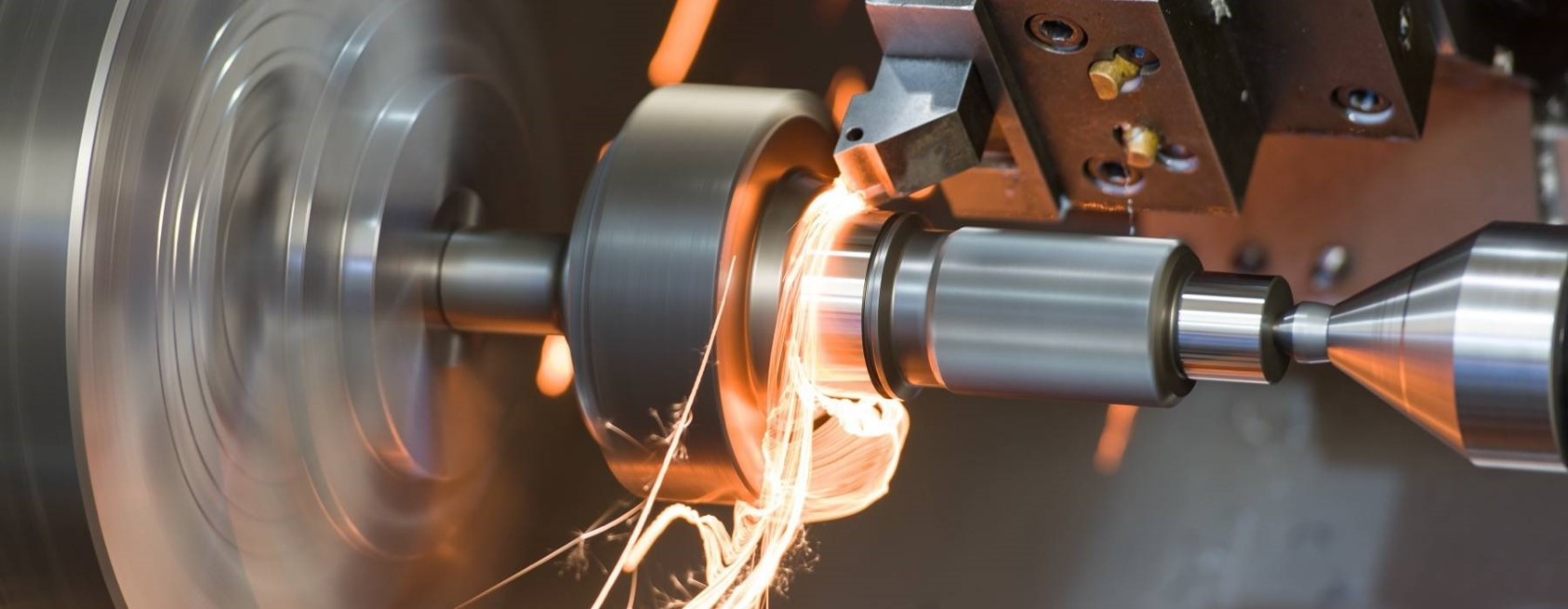
1. What is machining?
Machining is a process in which a material (often metal) is cut to a desired final shape and size by a controlled material-removal process. Machine tools includes cutting, boring, grinding, milling, CNC machines…, create the shape metal by removing some of it with a cutting or grinding surface. Usually, a machine tool has two parts: one part holds and guides the metal to be shaped, and the other does the work of shaping.
2. History of machining
In the 18th century, the word "machinist" simply meant a person who built or repaired machines. This person's work was done mostly by hand, using processes such as the carving of wood and the hand-forging and hand-filing of metal. Jonh Wilkinson, an inventor, designed a lathe that was powered with the continuous rotation of a water wheel to drive it. In 1800, Henry Maudslay improved the design to allow for repositioning, and the development of modern machine tools followed quickly, powered by the advance of the steam engine.The history of machining, therefore, is one of iterative design, where machines are used to build and perfect themselves.
3. Common metal machine tools
Nowadays, there are plenty of machining methods to meet the demand of the market. By the time, the machining has been developed and improved a lot from traditional mechanical processing to precision mechanical processing. Like a woodworker, the machinist uses the machine tool to finish the desired product.
There are some common machine tools that people can see widely in the life:
• Lathes – Turn the metalwork against a cutting tool
• Drill presses – Push a drill through metal surface
• Grinding machines – Rotate a grinder against the metalwork
• Band machines – Use a continuous saw blade to cut metalwork
• Milling machines – Use a rotating cutting tool over the surface to shape metalwork
•Broaching machines – File an object, removing only a small amount of material
The modern machines have been equipped in the factory:
• Laser-cutting and etching – Light beams are used to cut, drill, or etch an object
• Ultrasonic machining – Ultrasonic waves and an abrasive slurry remove metal
• Chemical and electrochemical methods – Use chemicals to remove and shape metal
Machining is the finishing step of casting. After casting, the metal object shall be machined based on the desired shape, tolerance and the machining level shall depend on the application of final product.
